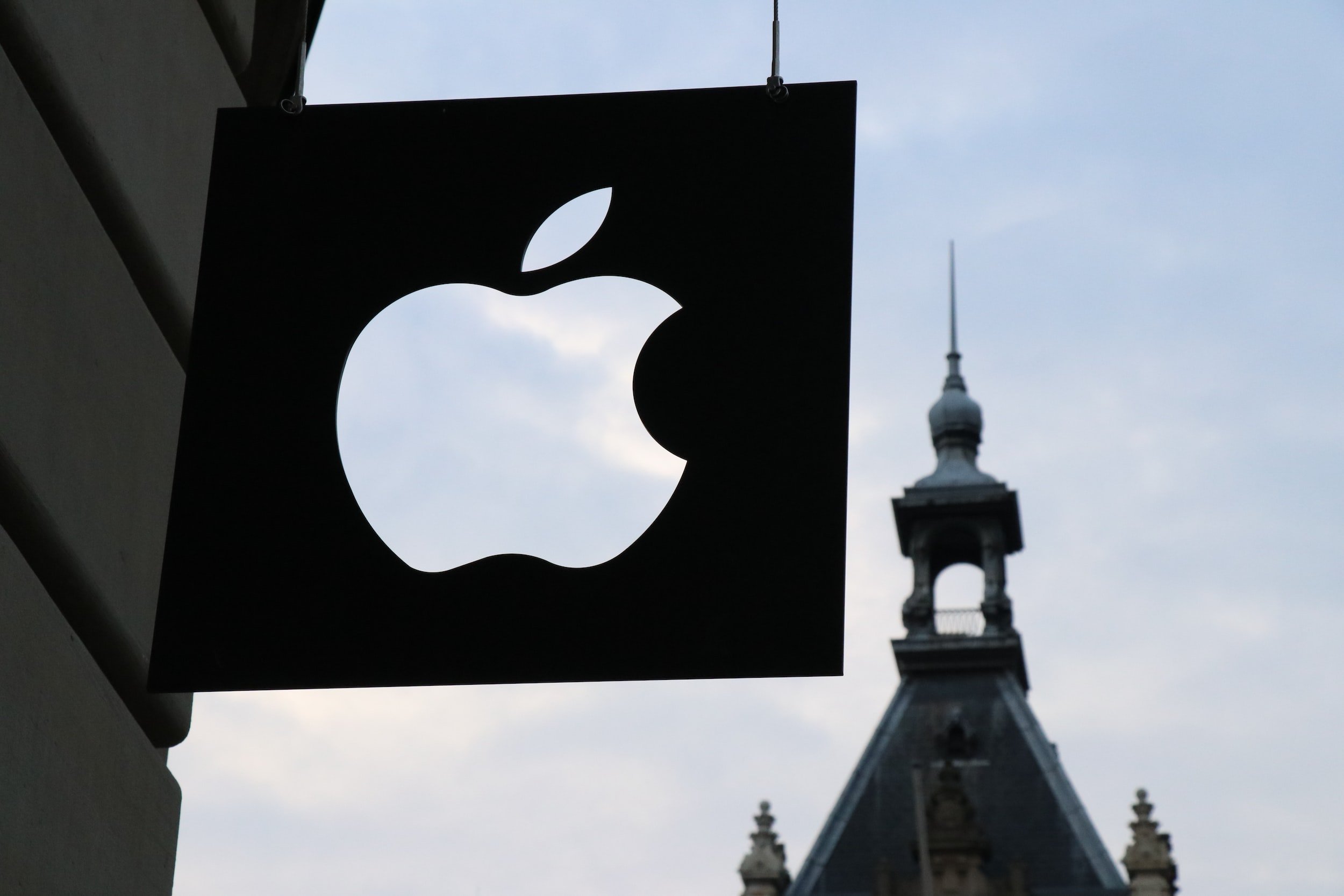HOT TAKES. ONE PLACE.
There's a LOT to know about insurance. So, whether you've got a specific question or just want the 411 on what we do, click around on the articles below.
Inflation’s Impact on 2023 Open Enrollment
Many employees are currently feeling financially strained because of inflation. With open enrollment fast approaching, inflation could impact the choices employees make when it comes to their benefits. Employees are likely considering which benefits matter the most and how to optimize the money they spend on those offerings. As a result, this year’s open enrollment may be more challenging than usual for employers and benefits providers.
Last-minute Open Enrollment Considerations
As open enrollment periods approach for 2023 benefits, there’s still time to address employees’ questions and inform them of their options in meaningful ways. Doing so will help them get the most from their benefits, which are especially valuable as employees navigate record-high inflation and work to maximize every hard-earned dollar. This article outlines a few last-minute strategies for maximizing open enrollment for your employees.
Understanding the “Quiet Quitting” Trend
“Quiet quitting” is an emerging trend where workers only do what their job description entails without going above and beyond. Over the course of the COVID-19 pandemic, many employees shifted their views on their work lives, and this has been reflected in movements such as the Great Reshuffle—a mass movement of workers to jobs that meet their demands for things such as more flexibility and better benefits—the shift to remote work and, now, the quiet quitting trend.
Report: Apple to Enter Health Insurance Market in 2024
Reports suggest Apple Inc. will take its first steps into the U.S. health insurance market starting in 2024. CCS Insights speculates that Apple will partner with a major insurer, using health data the company has acquired from the Apple Watch to gain a competitive edge.
Retaining Employees Amid the Emerging “Quiet Quitting” Trend
As employers navigate trends such as “quiet quitting”—a new term that has risen to the forefront of the employment landscape—new data reveals that many workers are “quick quitting.” That is, in certain industries, workers are quitting their jobs before the one-year mark. The emergence of this trend demonstrates that workers in the United States are getting more comfortable leaving their jobs.
5 Strategies for Tackling Rising Health Care Costs in 2023
Most employers are concerned about their health care costs rising in 2023. According to Willis Towers Watson’s (WTW) 2022 Emerging Trends in Health Care Survey, 94% of employers reported managing health care benefits costs will be their top priority over the next two years. Employers will likely avoid shifting costs to employees because of the state of the labor market.
Employers Expect Major Increases to Health Care Costs in 2023
In 2022, most employers’ health care costs increased. According to recent industry data, current signs are also pointing to significantly higher health care costs in the upcoming year. Employers now face the difficult task of reigning in rising health care costs and keeping employee coverage affordable while trying to remain attractive to current and prospective talent despite their shrinking budgets.
8 Tips for Effective 2023 Open Enrollment Communication
Now more than ever, employees are looking to their employers for guidance on navigating their available benefits and how to stretch their dollars further. As such, effective open enrollment communication is critical this year. According to a Voya Financial survey, nearly one-third of American workers (31%) eligible for benefits admitted they don’t fully understand any employee benefits they selected during their most recent open enrollment period.
How to Spot Errors on Your Medical Bill
Did you know that roughly 80% of medical bills contain at least one error, according to Forbes? With high patient influxes and various medical codes, it’s easy for billing mistakes to happen. This is one of the reasons it’s crucial to look over your bill thoroughly when it gets sent your way.
What Employers Should Know About Prior Authorization
Prior authorization—also referred to as preauthorization, preapproval or precertification—is the process by which medical providers must obtain approval from a patient’s health plan or insurance before administering specific medications, treatments or procedures. This process aims to protect patient health and improve affordability by reducing unnecessary medical expenses. Both medical and prescription drug plans use prior authorizations.
Common Form I-9 Mistakes to Avoid
The Immigration Reform and Control Act of 1986 requires employers to hire only individuals who may legally work in the United States. To comply with the law, employers must verify the identity and employment authorization of each individual they hire by completing and retaining the Employment Eligibility Verification form (Form I-9). As a result, organizations spend a great deal of time and resourcing trying to comply with Form I-9 requirements.
HR’s Role in Mergers and Acquisitions
Mergers and acquisitions (M&A) have become an increasingly common business strategy. M&A transactions increased from $3.8 trillion in 2020 to $5.1 trillion in 2021, according to professional services network KPMG. Despite the increase in M&A activity, approximately 70% to 90% of M&A transactions fail to reach their expected strategic and financial aims, according to research from the Harvard Business Review.
Job Openings Decrease in August as Employee Quits Remain Over 4 Million
The U.S. Bureau of Labor Statistics (BLS) recently released its August Job Openings and Labor Turnover Summary. The month’s reported job openings fell to 10.1 million in August, compared with 11.2 million in July. The industries with the most significant drops included health care and retail. Openings in August still outnumbered unemployed workers by about 4 million.
Investing in On-site Health Care
Amid the rising cost of health care and current labor challenges, employers are increasingly investing in employee health and well-being as an essential part of their workforce strategy. Many organizations see a strong connection between employee health and well-being and their overall business performance. With this in mind, it should come as no surprise that employers are now investing in on-site health care to reign in medical costs and improve employee wellness.
What Employers Should Know About E-Verify
Federal law requires employers to only hire individuals who may legally work in the United States—either U.S. citizens or authorized foreign nationals. To comply with the law, employers must verify the identity and employment authorization of each individual they hire by completing and retaining the Employment Eligibility Verification document (Form I-9). Despite employers’ best efforts, compliance with federal law can be difficult.
5 Tips for Supporting the Mental Health of Remote and Hybrid Employees
As more employees work remotely or adapt to a hybrid schedule, workers face a new set of stressful challenges. Managers can play a crucial role in helping employees manage their stress levels but must also be able to gauge the pulse of their team to effectively help them feel less tired and stressed due to their job.
Reports Show 2022 Wages Increasing Near the Pace of Inflation
According to HR services provider ADP, salaries have been rising rapidly, nearly on par with inflation. Year-over-year pay raises increased by 7.6% leading up to August 2022, compared to an average of around 2% in early 2021. While pay has increased overall, its growth has flattened since April.
ACA Pay or Play Penalties Will Increase for 2023
On Aug. 16, 2022, the IRS updated its frequently asked questions (FAQs) on the employer shared responsibility (pay or play) rules under the Affordable Care Act (ACA) to include updated penalty amounts for 2023. For calendar year 2023, the adjusted $2,000 penalty amount is $2,880 and the adjusted $3,000 penalty amount is $4,320.
Supporting Employees Caregiving Responsibilities as School Resumes
As summer comes to an end and fall begins, employees with school-age children may have increased caretaking responsibilities as their kids begin a new academic year. In addition to other day-to-day challenges, parents are now dealing with school pick-up and drop-off, unexpected breaks and other occurrences that could affect their work-life balance.
Survey Finds Health Benefit Cost Growth Will Accelerate by 5.6% in 2023
The average health benefit cost per U.S. employee is expected to increase by 5.6% in 2023, according to early results from Mercer’s National Survey of Employer-sponsored Health Plans 2022. This is significantly higher than the 4.4% projected increase for 2022 but is still lower than overall inflation. The expected 5.6% increase accounts for changes employers plan to implement to reduce their overall health care expenses.





















